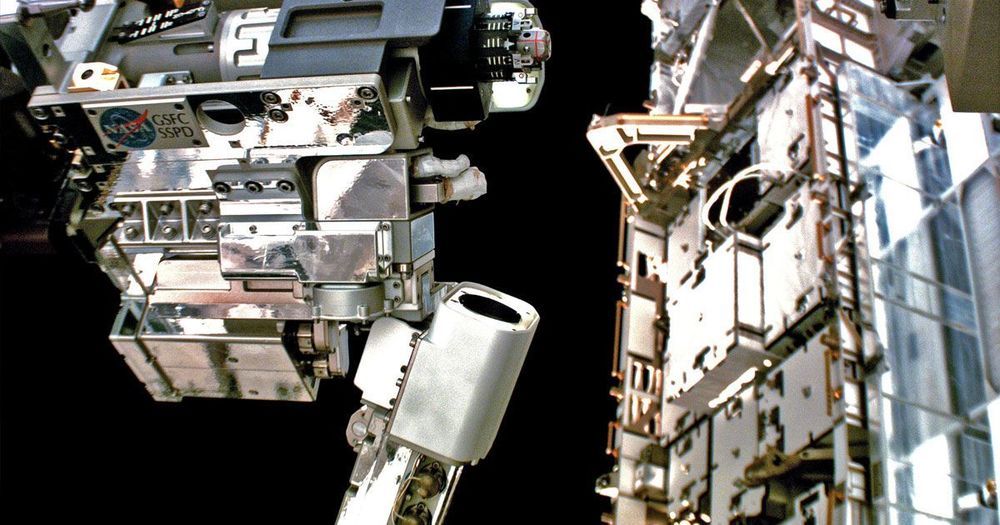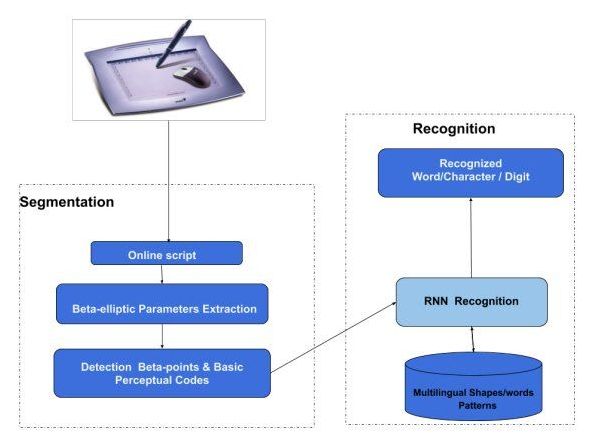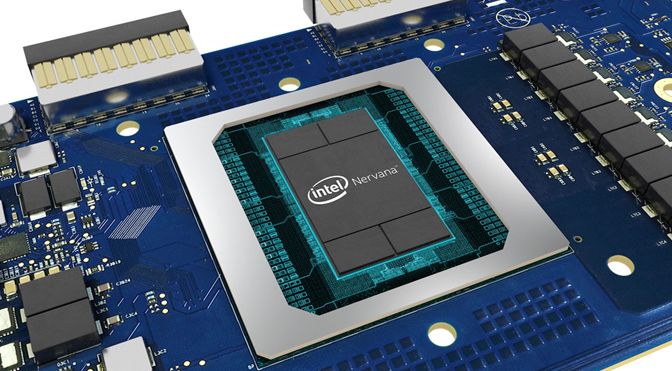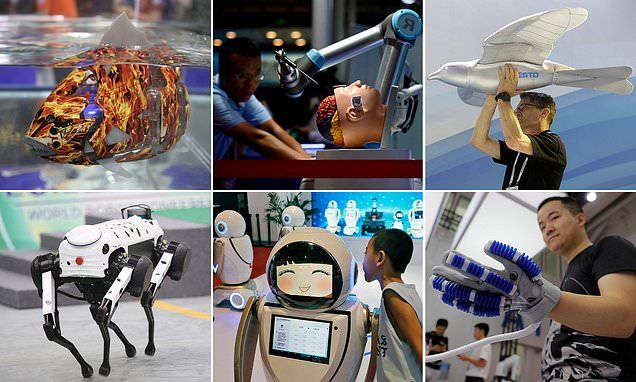Aug 22, 2019
New Tech Puts NASA One Step Closer to Fueling Spacecraft in Space
Posted by Shailesh Prasad in categories: robotics/AI, space
NASA just successfully demonstrated the first of three tools designed to refuel spacecraft in space, right outside of the International Space Station.
The space agency’s Robotic Refuelling Mission 3 was able to unstow a special adapter that can hold super-cold methane, oxygen or hydrogen, and insert it into a special coupler on a different fuel tank.
Future iterations of the system could one day allow us to gas up spacecraft with resources from distant worlds, such as liquid methane as fuel. And that’s a big deal, since future space explorations to far away destinations such as the Moon and Mars will rely on our ability to refuel after leaving Earth’s gravity.









 ‘It was mesmerizing to watch her stop’: Four-year-old girl with a rare disease is captivated by a beauty advertisement featuring a model in a wheelchair — just like her own
‘It was mesmerizing to watch her stop’: Four-year-old girl with a rare disease is captivated by a beauty advertisement featuring a model in a wheelchair — just like her own








